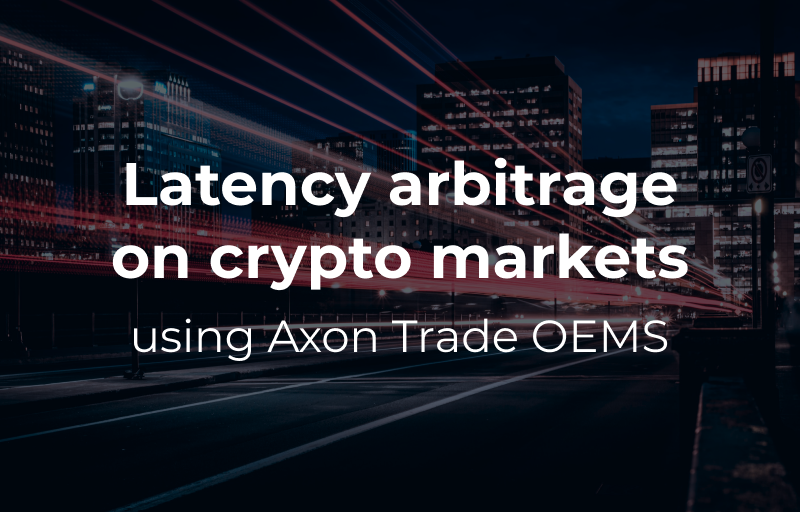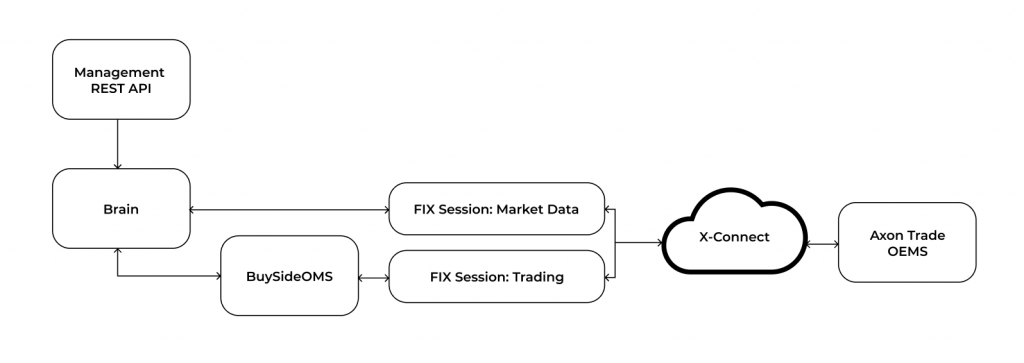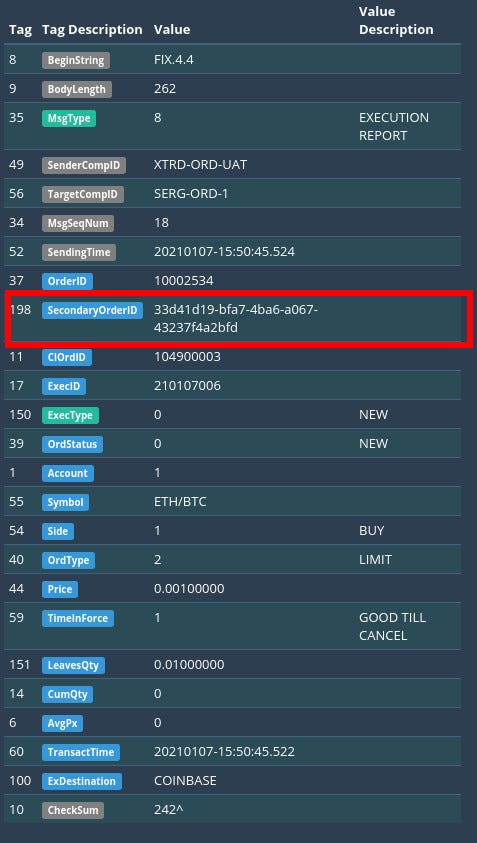Cryptocurrency exchanges occupy a precarious position in a unique field of technology. Despite their undisputed role as fiat-to-crypto gateways that are beneficial to many people across the world, they face endemic hacking problems and distrust by core cryptocurrency proponents. Inevitably, this draws from a balancing act between conventional finance and a disruptive market — attempting to capture as much value as possible.
But cryptocurrency exchanges aren’t going anywhere soon.
Decentralized exchanges (DEXs) continue to tarry behind in user-friendliness and liquidity, while institutions and regulators are assuredly looking for more familiar structures like centralized exchanges to service retail clients — at least compared to their decentralized counterparts.
With global regulatory regimes fragmented on their cryptocurrency positions, the onus has largely fallen on exchanges to take the initiative themselves to fix problems facing the industry. From South Korea to Japan, we are beginning to see the cooperation between exchanges necessary to convert regulators to the view that crypto markets can adequately mature. The result, hopefully, should be more standardization of practices, less market manipulation, and the facilitation of both liquidity and technological advances.
Crypto exchanges are a pivotal component of pushing mainstream cryptocurrency adoption forward. And here are 5 reasons why we need more interconnected crypto exchanges.
Compliance/Wash Trading/TransFee Mining Management
According to Bitwise’s report on cryptocurrency trading from earlier this year, roughly 95 percent of crypto exchange volumes are fake, expounding many criticisms of the relationship between exchanges, token issuers (i.e., ICOs and IEOs), and coin rankings sites. Many smaller, obscure exchanges directly engage in wash trading and trans-fee mining to achieve a perceived increased liquidity, which ostensibly attracts projects to list more tokens, and traders to gravitate to their platform.
Dubbed the “Dark Underbelly of Cryptocurrency Markets” by Nic Carter, such practices have not dissipated.
Cryptocurrency markets are esoteric to the mainstream and regulators, and until exchanges take action amongst themselves, regulators are unlikely to be swayed on their legitimacy until they can prove the market is not rife with manipulation.
Non-Custodial Assets Swaps
Amongst the more promising developments concerning the underlying technology of cryptocurrencies is trust-minimized asset swaps, without intermediaries. Commonly referred to as “atomic swaps,” these transfers of tokens can take place seamlessly via standardized protocols intra-network (i.e., Cosmos) and inter-network with some advances such as submarine swaps with the Lightning Network.
For exchanges, the path towards more non-custodial asset swaps is inevitable. Decentralized exchanges offer much better security because there is no inherent third-party risk, which has repeatedly made large custodial exchanges honeypot targets for hackers.
And we are already seeing some innovation in non-custodial swaps of exchanges.
For example, Binance’s DEX is rapidly gaining traction, and from a broader perspective, it is reflective of the sentiment that centralized exchanges need to keep pace (and capture value) from the DEX market. Additionally, firms like Ernst & Young are pioneering privacy-oriented asset swaps with protocols like Nightfall, which are enticing to major financial institutions.
Minimizing custodial risk is paramount for exchanges to remain relevant as DEX’s grow in popularity, and therefore, exchanges working on standardized, non-custodial protocol swaps should help bolster innovation in the field.
Self-Regulation
More of a regulatory relationship than technical interconnection, self-regulatory initiatives for exchanges are a necessity. The lack of a transparent regulatory framework in many regions of the world is hindering the development of standardized security and other practices.
Under scrutiny from regulators, several exchanges in South Korea and Japan have proposed and worked towards self-regulatory organizations amongst themselves — cracking down on market manipulation.
Similarly, many prominent exchanges have joined CoinMarketCap’s (CMC) DATA Alliance, which was created to define stricter order book reporting guidelines, diminishing the ability of smaller exchanges to inflate their trading numbers if they want to remain listed on CMC’s rankings site. Many smaller initiatives, like the Blockchain Transparency Institute, also help to expose market manipulation via inflated order book numbers, adding pressure to exchanges.
With regulation highly fragmented currently, self-regulation among exchanges could also provide the spark that ignites regulators to make more definitive guidelines. Similarly, their purview of crypto may become more friendly as they view self-regulation as a maturity marker for the broader industry.
Facilitate DeFi & Institutional Entrance
One of the emergent trends in crypto of 2019 is DeFi, and its broader implications on the financial sector. Exchanges have significant potential to play a pivotal role in the development of DeFi, and subsequently, institutional entrance into the market.
For example, Coinbase is already offering Staking-as-a-Service to clients, and many smaller firms are originating out of a demand for DeFi services. BitMEX, the leading Bitcoin perp swap platform, is even planning on rolling out fixed income products for its users.
Should larger institutions take favorable stances on the push by exchanges to incorporate DeFi services, albeit more hybrid versions than something like MakerDAO, funds could pour into the sector. There are already numerous DeFi startups spearheading some cool technology, but institutional funding would light the sector into a full-blown hotbed of technological incubation.
Better Liquidity
Liquidity is the ultimate goal of any exchange, and interoperability among exchanges would only serve to fuel better liquidity, which begets more liquidity. Combined with standardized, non-custodial asset swaps, and the complete entrance of institutions would likely be preceded by a confluence of self-organized and interoperable exchanges.
But advantages wouldn’t be strictly relegated to institutions either.
Better liquidity across a multitude of exchanges would ensure much wider access to crypto assets by the public, including in many developed parts of the world. Bitcoin’s accessibility is currently one of its weakest assurances, largely because of the inability of many people in more oppressive political and economic arenas to gain access to the legacy cryptocurrency.
Conclusion
Interconnected exchanges are paramount for a swath of intercorrelated reasons. The crypto market desperately needs to mature if it wants regulators and institutions to take it more seriously. Blending self-regulation, asset swaps, reduced market manipulation, DeFi products, and better liquidity is an optimal path to reach that end.




















